Our solar system consists of our star, the Sun, and everything bound to it by gravity. Eight giant planets, smaller dwarf planets, and millions of pieces of rocks and ice orbit the Sun. Moons can also be found within the solar system; they are held in orbit around planets by gravity.
To better understand the solar system…
LET’S BREAK IT DOWN!
Gravity in Our Solar System
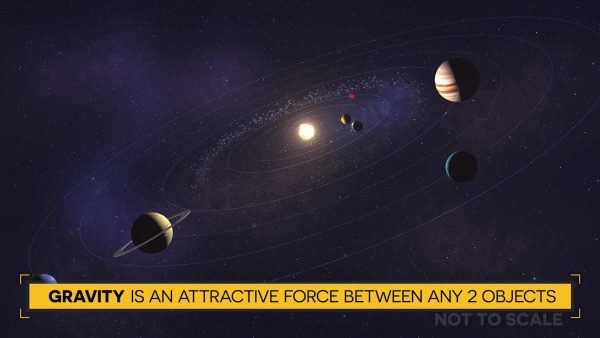
Eight planets orbit the Sun and are held in place due to gravity. Gravity is the attractive force by which a planet or other body draws objects toward its center. Anything that has mass also has gravity. The larger an object’s mass, the larger its gravitational force is on another object. Since the mass of the Sun is so large compared to the planets, its force of gravity keeps all of the planets in orbit around it.
Gravity also keeps other bodies in orbit, such as moons. Moons most often orbit a planet, but even a large space rock (asteroid) can hold a small moon in orbit due to the gravitational pull between the two objects. Gravity also holds the rock and ice that make up Saturn’s rings in orbit.
Size and Order of the Planets
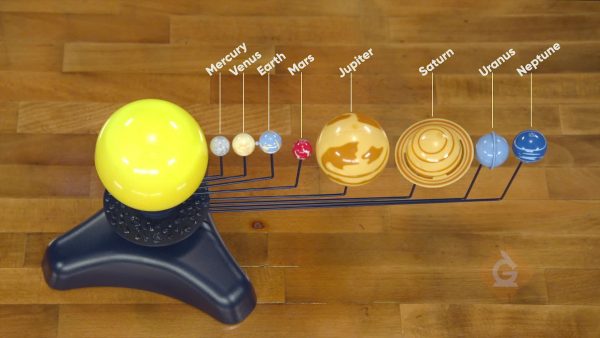
The four planets in our solar system that are closest to the Sun are called terrestrial planets. These are smaller planets, mostly made of a compact rocky surface and metals like Earth. The terrestrial planet closest to the Sun is Mercury, which is very hot and lacks an atmosphere. Moving outward are Venus, Earth, and Mars. Each has a significant atmosphere with varying environments due to differences in the gases present, temperatures, size, mass, and whether life is present.
The four larger planets in the outer part of the solar system (past the orbit of Mars and the asteroid belt) are called gas giants. Gas giants are made mostly of gases with a small rocky core. Jupiter is the gas giant closest to the Sun, followed by Saturn, Uranus, and Neptune.
There are also many dwarf planets in our solar system. A dwarf planet has enough mass to be round in shape and orbit the Sun, but does not have enough mass to clear the neighborhood around its orbit of other objects, and is not a moon. Pluto was reclassified as a dwarf planet in 2006.
Asteroids and the Kuiper Belt
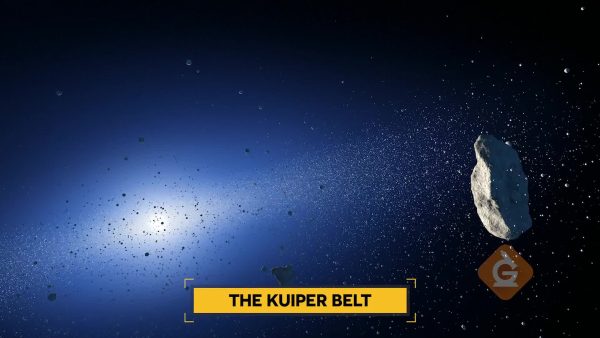
Asteroids are smaller than a planet, but they are larger than the pebble-size objects called meteoroids. Most asteroids in our solar system are irregular shaped rocks found in the asteroid belt, the region between the orbits of Mars and Jupiter. Asteroids can also be found around other locations in the solar system; some orbit the Sun in a path that takes them near Earth.
The Kuiper Belt is a donut-shaped region of icy bodies beyond the orbit of Neptune. Pluto is located within the Kuiper Belt. Early in the life of the solar system, dust and rock circling the Sun were pulled together by gravity into planets and other astronomical objects. However, not all of the ingredients were used, and the Asteroid and Kuiper Belts are regions of leftover pieces of rock, ice, and dust from our solar system’s early history.
Moons
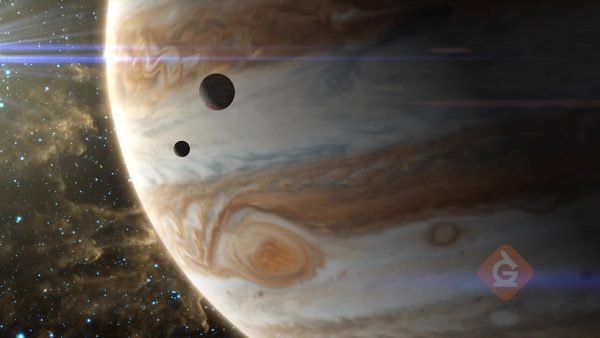
There are more than 200 moons in our solar system. Most of them orbit planets and are held in orbit by gravity. Saturn has 82 moons, with fifty-three that are confirmed by scientists and another 29 waiting on confirmation of discovery and official naming. Saturn’s giant moon Titan is larger than the planet Mercury. Jupiter has 53 moons and another 26 waiting for official confirmation and naming by scientists.
Earth has only one moon, the fifth-largest moon in the solar system. The presence of our moon helps stabilize our planet’s wobble on its axis, helping lead to a relatively stable climate. The Moon’s gravitational pull causes ocean tides and creates rhythms for life on Earth. Many rocks and comets have crashed into Earth’s moon creating the many pits and craters that can be seen on its surface.
Galaxies
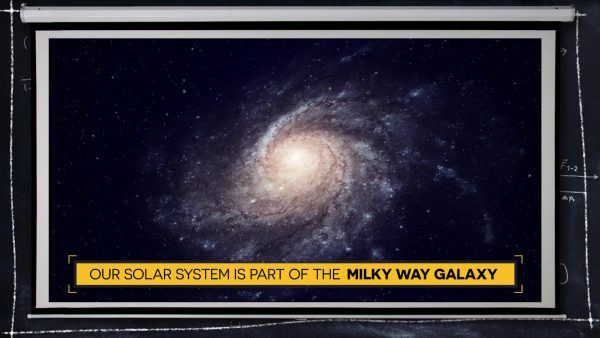
Our solar system is one of many in the Milky Way galaxy. A galaxy is a huge collection of gas, dust, and billions of stars, and their solar systems are all held together by gravity. When you look up at stars in the night sky, you are seeing other stars in the Milky Way galaxy. Our solar system only has one star, the Sun!
There are many galaxies besides the Milky Way. Scientists think there could be as many as one hundred billion galaxies in the entire universe, which is everything found in space. Some galaxies are spiral-shaped like ours, others are smooth and oval-shaped (elliptical galaxies). Some galaxies have irregular shapes and look like blobs. The light we see from each of these galaxies comes from the stars inside it.







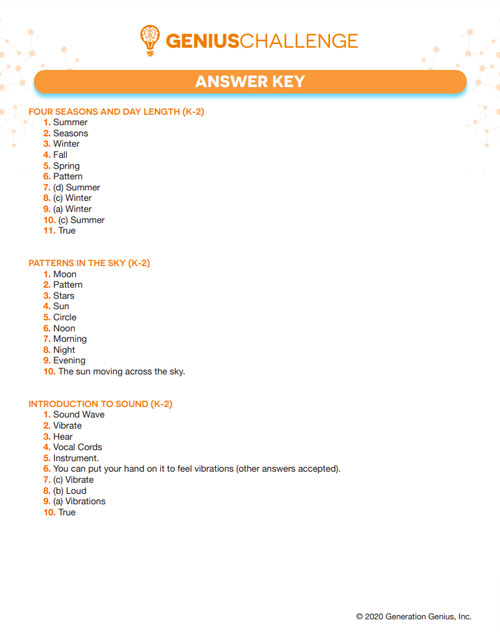























































































































 Select a Google Form
Select a Google Form









